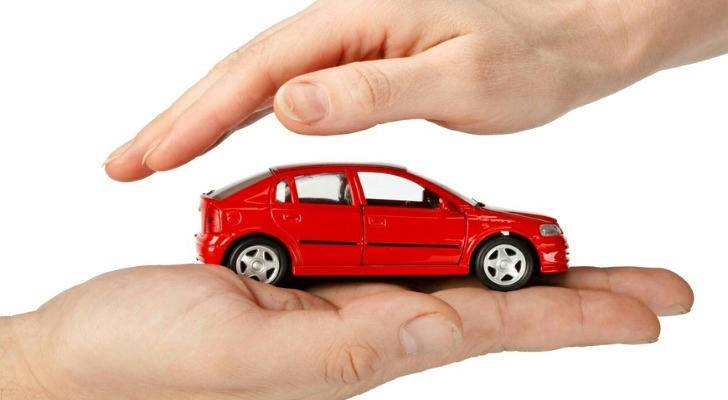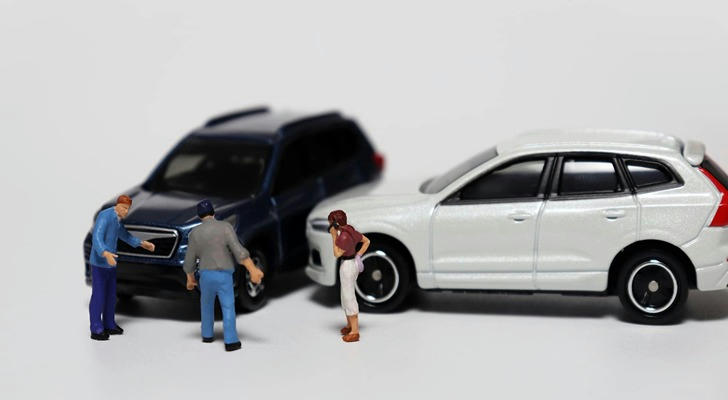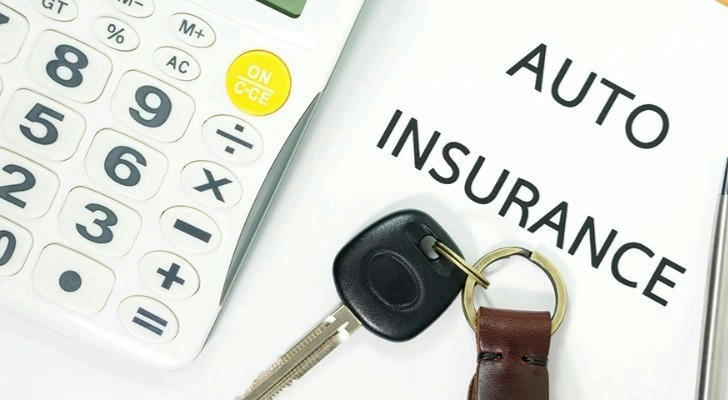Auto Insurance in the U.S.: A Necessary Shield for Every Driver
In the U.S., where cars are a common means of transportation for many, auto insurance acts as an essential shield for every driver. It serves not only as a financial safeguard but also as a legal requirement and a demonstration of responsibility. This article aims to provide a basic understanding of auto insurance in the U.S., helping you to better grasp its significance.

I.Types of Auto Insurance
There is a wide range of auto insurance in the U.S., including the following:
(i)Liability Insurance
This is the most fundamental type of insurance and is required by law in most states. It consists of two parts:
Bodily Injury Liability: If a driver causes harm to others in an accident, this insurance will cover the injured parties' medical expenses, lost income, and compensation for pain and suffering. For example, if a driver accidentally hits a pedestrian, the bodily injury liability insurance can pay for the pedestrian's medical bills and wages lost due to the injury.
Property Damage Liability: It compensates for the damage a driver causes to others' property, such as another vehicle or a neighbor's fence. Suppose a driver's car crashes into a neighbor's fence; the property damage liability insurance can cover the cost of repairing the fence.
(ii)Collision Insurance
Collision insurance pays for the repair costs of the driver's own vehicle in the event of a collision. Whether it's a crash with another vehicle or an object like a building or tree, collision insurance can provide assistance. For example, if a driver accidentally hits a lamppost while reversing, collision insurance can cover the cost of repairing the car.
(iii)Comprehensive Insurance
Comprehensive insurance covers a variety of situations other than collisions. This includes theft, fire, natural disasters (such as hurricanes and floods), and animal strikes. If a driver's car is stolen or damaged by a falling tree branch, comprehensive insurance can provide compensation. For example, if a driver's car is parked on the roadside and is damaged by a falling tree branch, comprehensive insurance can cover the cost of repairing the roof.
(iv)Uninsured/Underinsured Motorist Coverage
In the U.S., some drivers may not have sufficient insurance or may not have any insurance at all. If a driver is hit by such a driver, uninsured/underinsured motorist coverage can offer protection. It covers the driver and passengers' medical expenses and lost income. For example, if a driver is hit by an uninsured driver and gets injured, the uninsured motorist insurance can cover the driver's medical expenses.
(v)Personal Injury Protection (PIP)
This type of insurance is mandatory in some states. It provides medical expense and lost income coverage for the driver and passengers, regardless of who is at fault in the accident. For example, if a driver is injured in an accident, PIP can cover the driver's medical expenses and a portion of lost income, helping to alleviate the financial burden during the recovery period.

II. The Importance of Auto Insurance
The significance of auto insurance is reflected in several aspects:
1. Legal Requirement
In most states in the U.S., it is required by law for drivers to purchase liability insurance. This ensures that drivers can compensate for the losses they cause to others in the event of an accident. Driving without insurance can result in fines, license suspension, and other legal consequences.
2. Financial Protection
Car accidents can lead to substantial financial losses, including vehicle repair costs and medical expenses. Auto insurance can mitigate these financial burdens and prevent drivers from facing financial ruin due to a single accident. For example, a severe car accident can result in the total loss of a vehicle, with repair costs potentially reaching tens of thousands of dollars. With auto insurance, drivers do not have to bear these costs on their own.
3. Responsibility
If a driver's car causes injury to others or damage to others' property, auto insurance can help the driver assume the corresponding responsibility. This not only protects the driver's financial security but also helps maintain the driver's reputation and social relationships. For example, if a driver accidentally damages a neighbor's car, liability insurance can cover the neighbor's repair costs and prevent financial disputes between the driver and the neighbor.
4. Peace of Mind
Knowing that their vehicle and financial security are protected, drivers can feel more at ease while driving. This psychological comfort can reduce anxiety and stress while driving, allowing drivers to focus more on the road and thereby enhance driving safety.
III. Factors Affecting Insurance Costs
The cost of auto insurance varies due to a number of factors:
1. Driving Record
A driver's driving record has a significant impact on insurance costs. If a driver has a good driving record with no accidents or violations, the insurance costs are usually lower. Conversely, if a driver has frequent accidents or violations, such as speeding or drunk driving, the insurance costs can increase significantly. For example, a driver with no accident history may have lower insurance costs compared to a driver with multiple accident records.
2. Type of Vehicle
The type of vehicle also affects insurance costs. Generally, luxury cars and high-performance vehicles have higher insurance costs because of their higher repair costs and value. On the other hand, some economy vehicles have relatively lower insurance costs. For example, the insurance cost for a Porsche may be much higher than that for a Toyota Corolla.
3. Age and Gender
Young drivers usually have higher insurance costs because they are considered to have less driving experience and a higher risk of accidents. In addition, in some states, male drivers may have higher insurance costs than female drivers because statistical data shows that male drivers have a higher frequency of accidents.
4. Place of Residence
The crime rate and accident rate of a driver's place of residence can also affect insurance costs. If a driver lives in an area with a high crime rate or frequent accidents, the insurance costs may increase. For example, a driver living in the city center may have higher insurance costs than a driver living in the suburbs.
IV.How to Choose Auto Insurance
When choosing auto insurance, drivers should consider the following points:
1. Understand Your Needs
Drivers should select the appropriate type of insurance and coverage amount based on their actual situation, such as the type of vehicle, driving habits, and financial situation. For example, if a driver frequently drives in the city, they may need a higher uninsured motorist coverage amount.

2. Compare Quotes
Different insurance companies may have significantly different quotes. Drivers can use online comparison tools or consult insurance agents to obtain quotes from multiple insurance companies and choose the most cost-effective insurance product.
3. Check Reviews
When selecting an insurance company, drivers can look at reviews and feedback from other customers to understand the company's service quality and claims efficiency. Choosing a reputable and high-quality insurance company can ensure that drivers receive timely and effective assistance when making a claim.
4. Read the Terms
Before purchasing insurance, drivers should carefully read the insurance terms to understand the coverage scope and exclusions. It is important to be clear about the situations in which compensation can be obtained and the responsibilities that need to be assumed.
V. Conclusion
Auto insurance is an important safeguard for drivers in the U.S. It not only provides financial protection but also helps drivers assume legal responsibilities and reduces psychological stress. Understanding the basics of auto insurance and choosing the right insurance product is the responsibility of every driver. With the development of technology and changes in society, auto insurance is also constantly evolving, offering more comprehensive and personalized protection for drivers. It is hoped that this article can help you better understand auto insurance in the U.S. and provide protection for your travels.
